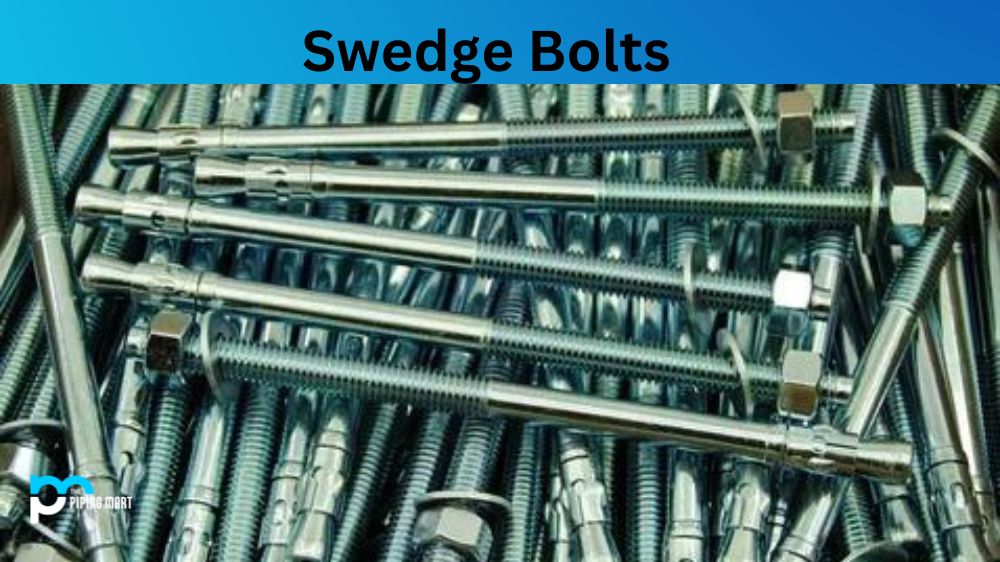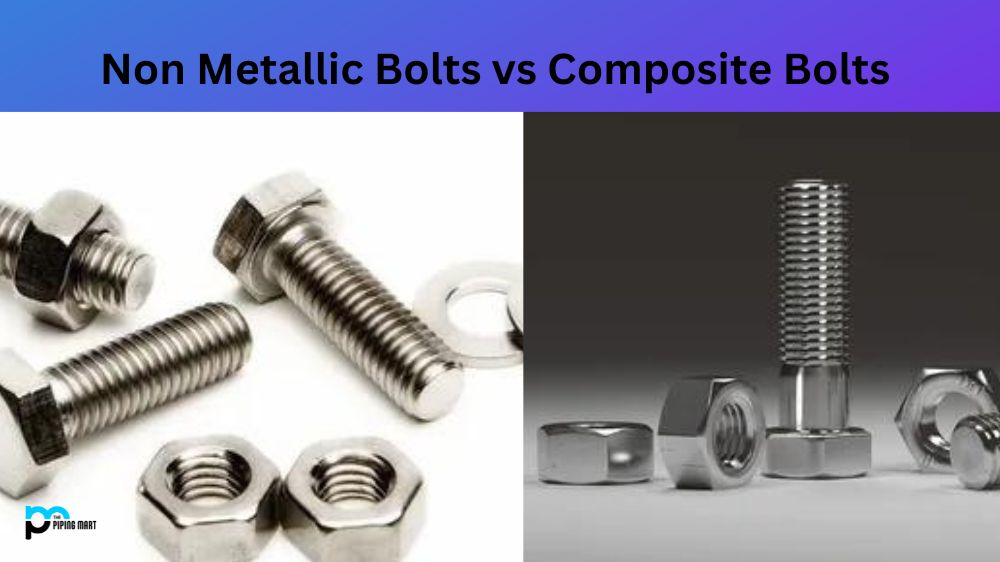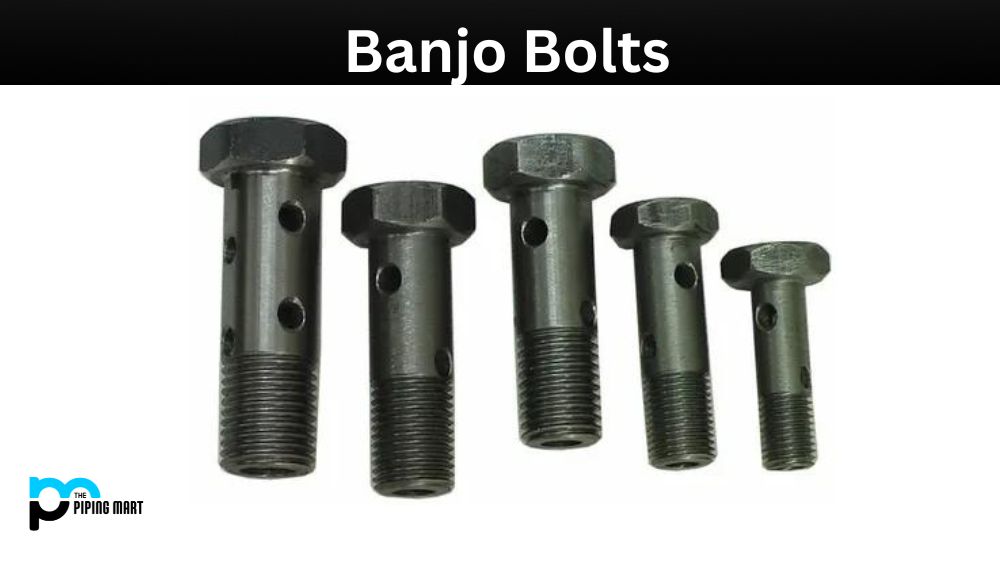If you have ever been in the mechanical or construction industry, you may have encountered the term Swedge bolt. Swedge bolts are fasteners designed to hold two or more objects together, especially when high tension levels must be maintained. In this blog post, we will discuss everything you need to know about Swedge bolts, including their properties, uses, and applications, and also explore how to use them.
What is Swedge Bolt?
A Swedge Bolt is a fastener that combines the look and strength of a pan head screw and hex bolt. It utilizes an internal drive system, allowing for easy installation with various tools. This bolt type has numerous benefits, such as high corrosion resistance, vibration-proof performance, and tamper resistance. The design also allows for a larger bearing area, which distributes force more evenly than other fasteners, making it suitable in many applications where traditional bolts are inadequate.
Properties of Swedge Bolts:
Swedge bolts are unique fasteners different from ordinary bolts in appearance and design. Swedge bolts are made from high-strength materials, including carbon steel, stainless steel, and alloy steel. Depending on the application, Swedge bolts can be made with galvanized finishes to resist corrosion. Importantly, due to its unique properties, the Swedge bolt is designed to embed the unthreaded section into the anchor material, which provides higher tension capacities than the industry-standard bolt.
Uses of Swedge Bolts:
Swedge bolts are commonly used to anchor heavy-duty equipment, machinery, and appliances to a foundation. They are ideal for use in high-stress environments. Swedge bolts work perfectly in applications where the bolt needs to be tensioned before being tightened to provide a secure connection. Swedge bolts are commonly used to construct bridges, towers, and other large structures requiring the highest security level.
Applications of Swedge Bolts:
Swedge bolts can be used in various applications, including marine construction, wind energy, telecommunication towers, etc. In marine construction, Swedge bolts are used to hold the dock in place, and in wind-energy applications, Swedge bolts are used in the wind turbines to anchor the tower to the foundation. Swedge bolts are also used in telecommunication towers, which must withstand high winds and other harsh weather conditions.
How to use Swedge Bolts:
Swedge bolts come in different sizes and types to suit different applications. Before using the Swedge bolt, choosing the correct size and length of the bolt that will fit your application is essential. Once you have the right size, you should clean the anchor hole and ensure it is the correct size for the Swedge bolt. You can install the Swedge bolt by inserting it into the anchor hole and tightening the nut. You should avoid over-tightening the bolt, as this can weaken the tension capacity and lead to the failure of the bolt.
Advantages of Swedge Bolts:
Swedge bolts offer several advantages over traditional bolts. First, they are easy to install since they do not require any nuts or washers, making them a time-efficient solution. Moreover, due to their unique properties, Swedge bolts provide a more secure connection. Swedge bolts can withstand a higher level of tension, allowing them to be used in heavy-duty applications. Additionally, the swaging process permits a tighter hold on anchor material than traditional rods.
Conclusion:
Swedge bolts are a reliable and effective solution for construction projects that require a high level of tension. The properties of Swedge bolts make them perfect for use in high-stress environments where the bolts require tensioning before being tightened. Swedge bolts are commonly used in various applications, including marine construction, telecommunication towers, and wind energy. If you are considering using Swedge bolts for your next project, it is essential to choose the correct size and length of the bolt and install it properly to ensure a secure and stable connection that will stand up to heavy loads and harsh conditions.
Rachana is a dedicated and ambitious young woman who has made a name for herself in the metal industry. From her earliest days in the industry, Rachana showed a natural talent for problem-solving and a keen eye for detail. In her free time, She enjoys reading up on the latest advancements in the industry, as well as exploring new ways to innovate and improve upon existing processes.




